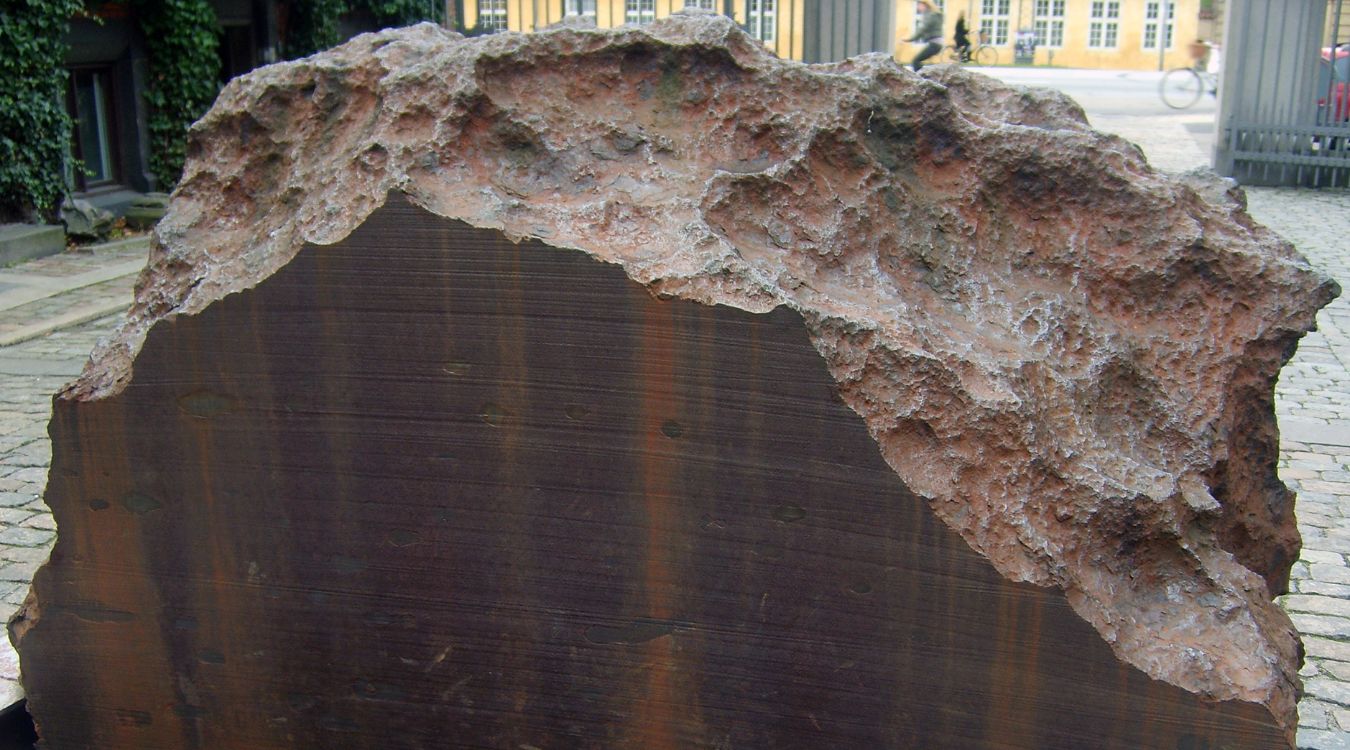
Carlsbergite is a rare mineral that has intrigued scientists and enthusiasts alike. Found primarily in meteorites, this chromium nitride mineral is known for its unique properties and formation process. But what makes Carlsbergite so special? For starters, its occurrence in extraterrestrial bodies offers clues about the early solar system. Additionally, its crystal structure and composition provide valuable insights into high-pressure environments. Whether you're a geology buff or just curious about space rocks, learning about Carlsbergite can be both fascinating and educational. Get ready to dive into 25 intriguing facts that will expand your understanding of this extraordinary mineral.
Key Takeaways:
- Carlsbergite is a rare, metallic mineral found in meteorites, known for its high melting point and resistance to corrosion. It has contributed to our understanding of planetary formation and has potential industrial applications.
- Carlsbergite's unique properties make it valuable for scientific research and materials science. Its presence in meteorites provides insights into high-pressure mineral formation and the early solar system.
What is Carlsbergite?
Carlsbergite is a rare mineral that often intrigues geologists and mineral enthusiasts. It is known for its unique properties and fascinating history. Let's dive into some interesting facts about this mineral.
-
Carlsbergite is a nitride mineral composed of chromium and nitrogen, with the chemical formula CrN.
-
It was first discovered in the Carlsberg Glacier in Greenland, which is how it got its name.
-
This mineral is typically found in meteorites, making it an extraterrestrial mineral.
-
Carlsbergite is known for its metallic luster and dark gray to black color.
-
It has a hardness of 6.5 on the Mohs scale, making it relatively hard.
-
The mineral forms in the cubic crystal system, which is common among many metallic minerals.
Formation and Occurrence
Understanding how and where Carlsbergite forms can give us insights into its rarity and significance.
-
Carlsbergite forms under high-pressure conditions, often found in meteorites that have experienced significant impact events.
-
It is commonly associated with iron meteorites, particularly those classified as octahedrites.
-
The mineral can also be found in terrestrial rocks, though this is extremely rare.
-
Carlsbergite is often found alongside other rare minerals like schreibersite and troilite.
-
Its presence in meteorites suggests it forms during the cooling and crystallization of molten metal.
Historical Significance
Carlsbergite has a rich history that adds to its allure.
-
The mineral was first described in 1966 by Danish mineralogist Henning Sørensen.
-
Its discovery in the Carlsberg Glacier was part of a larger effort to study the geology of Greenland.
-
Carlsbergite has been used to understand the thermal history of meteorites.
-
The study of this mineral has contributed to our knowledge of planetary formation and the early solar system.
Physical and Chemical Properties
The unique properties of Carlsbergite make it a subject of study for many scientists.
-
Carlsbergite has a high melting point of around 1,800 degrees Celsius.
-
It is chemically stable and resistant to corrosion, even in harsh environments.
-
The mineral is magnetic, which can help in its identification.
-
Carlsbergite has a density of about 6.1 grams per cubic centimeter.
-
It is often studied using X-ray diffraction to determine its crystal structure.
Uses and Applications
While Carlsbergite is not commonly used in everyday applications, it has some specialized uses.
-
The mineral is used in scientific research to study high-pressure mineral formation.
-
Carlsbergite can be used as a reference material in the calibration of scientific instruments.
-
Its properties make it a subject of interest in the field of materials science.
-
Carlsbergite's resistance to corrosion makes it a potential candidate for industrial applications.
-
The study of Carlsbergite can help develop new synthetic materials with similar properties.
The Final Word on Carlsbergite
Carlsbergite, a rare mineral, holds a unique place in geology. Found in meteorites, it offers clues about our solar system's history. This chromium nitride mineral, named after the Carlsberg Foundation, has a distinct crystal structure. Its rarity makes it a subject of interest for scientists and collectors alike.
Understanding Carlsbergite helps researchers learn more about the formation of celestial bodies. Its presence in meteorites suggests high-temperature environments during their formation. This mineral's study can also lead to advancements in material science due to its unique properties.
In essence, Carlsbergite isn't just a mineral; it's a window into the past, offering insights into the universe's formation. Whether you're a science enthusiast or a casual reader, knowing about Carlsbergite enriches your understanding of the natural world. Keep exploring, and who knows what other fascinating facts you'll uncover!
Frequently Asked Questions
Was this page helpful?
Our commitment to delivering trustworthy and engaging content is at the heart of what we do. Each fact on our site is contributed by real users like you, bringing a wealth of diverse insights and information. To ensure the highest standards of accuracy and reliability, our dedicated editors meticulously review each submission. This process guarantees that the facts we share are not only fascinating but also credible. Trust in our commitment to quality and authenticity as you explore and learn with us.


